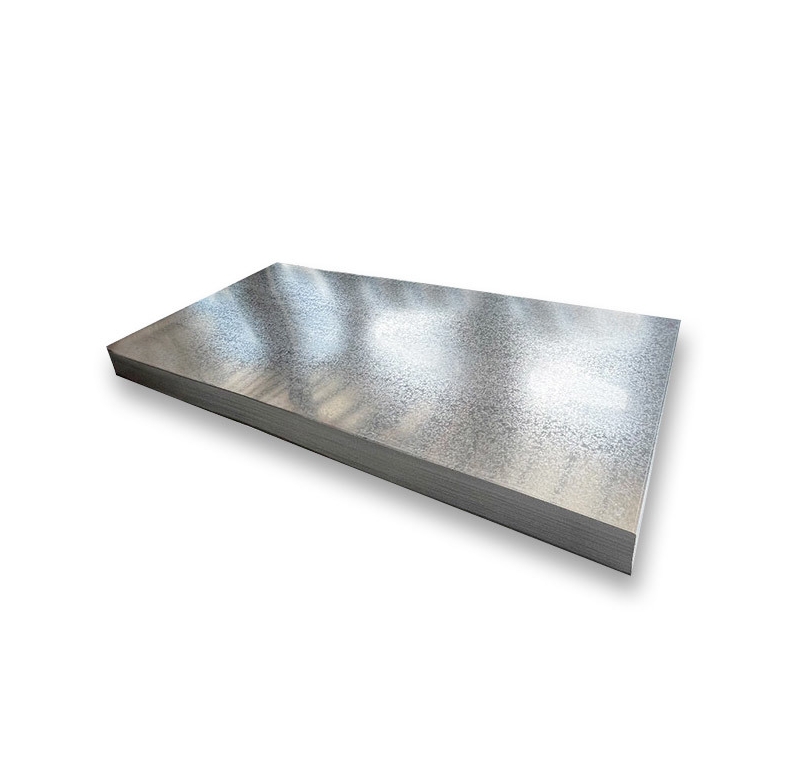Understanding ASTM A36 Carbon Steel Plate
ASTM A36 is a standard specification established by the American Society for Testing and Materials (ASTM) for carbon structural steel. It is one of the most widely used hot-rolled carbon steels in construction and industrial applications due to its excellent combination of strength, weldability, and affordability. This steel is primarily intended for use in riveted, bolted, or welded construction of bridges and buildings, and for general structural purposes.
Key Characteristics of A36 Steel
A36 steel exhibits several key properties that make it suitable for a broad range of uses:
- Strength: It possesses a minimum yield strength of 36,000 psi (250 MPa) and a tensile strength ranging from 58,000 to 80,000 psi (400-550 MPa). This makes it strong enough for many structural load-bearing applications.
- Weldability: A36 steel is readily weldable using common welding processes (such as SMAW, GMAW, FCAW, SAW). Its low carbon content contributes to good weldability without the need for extensive preheating or post-weld heat treatment in most cases for thinner sections.
- Machinability: It can be easily machined, drilled, punched, and formed, allowing for versatile fabrication.
- Formability: While not as formable as some lower-strength steels, A36 can be bent and shaped to a reasonable degree, particularly in thinner gauges.
Typical Chemical Composition
The chemical composition of A36 steel is carefully controlled to achieve its desired mechanical properties. Key elements typically include (by weight %):
- Carbon (C): Max 0.25-0.29% (varies with plate thickness)
- Manganese (Mn): No specific minimum, typically 0.80-1.20% (for plates and bars)
- Phosphorus (P): Max 0.030%
- Sulfur (S): Max 0.030%
- Silicon (Si): Max 0.40% (for plates and bars)
- Copper (Cu): Min 0.20% (when copper steel is specified)
Slight variations may exist based on the producing mill and specific project requirements. Companies like Shanxi Luokaiwei Steel Company can provide detailed material test reports (MTRs) confirming the exact chemical composition of their A36 plates.
Common Applications
The versatility of ASTM A36 steel plate leads to its use in numerous applications across various industries:
- Structural Components: Beams, columns, channels, angles, and base plates in buildings, bridges, and other infrastructure projects.
- General Fabrication: Gusset plates, machinery parts, equipment frames, supports, and miscellaneous fabrications.
- Industrial Equipment: Casings for tanks, bins, and hoppers where high strength is not the primary design driver but good weldability and toughness are needed.
- Platforms and Walkways: Used for grating, stair treads, and support structures.
When sourcing A36 steel, it’s important to consider the required thickness, dimensional tolerances, and surface finish. Reputable suppliers, such as Shanxi Luokaiwei Steel Company, ensure their products meet the ASTM A6/A6M general requirements for rolled structural steel, including dimensional and weight tolerances.
Mechanical Properties Overview
Beyond tensile and yield strength, other important mechanical properties for A36 steel plate include:
- Yield Strength (min): 36 ksi (250 MPa)
- Tensile Strength: 58-80 ksi (400-550 MPa)
- Elongation in 8 in. [200 mm] (min): 20% (for plates and bars)
- Elongation in 2 in. [50 mm] (min): 23% (for plates and bars)
These properties ensure the steel can withstand expected service stresses and exhibit ductile behavior. For specific project needs, particularly those involving dynamic loading or low-temperature service, consulting with steel providers like Shanxi Luokaiwei Steel Company is recommended to ensure the material meets all performance criteria.
Procurement and Quality Assurance
When procuring ASTM A36 steel plates, it is crucial to obtain Mill Test Reports (MTRs) or Material Test Certificates (MTCs). These documents certify that the steel meets the chemical composition and mechanical property requirements outlined in the A36 standard. Working with established suppliers, who can provide comprehensive documentation and maintain quality assurance systems, is essential for critical applications. Some buyers might also specify additional testing or particular surface condition requirements. For large orders or specialized needs, direct consultation with experienced steel plate stockists or manufacturers, such as Shanxi Luokaiwei Steel Company, can be highly beneficial. Ensure the steel is properly marked according to ASTM A6/A6M specifications for traceability. When specific toughness requirements are needed, especially for thicker plates or colder environments, supplementary requirements like Charpy V-notch impact testing might be specified; this should be discussed with suppliers like Shanxi Luokaiwei Steel Company.







